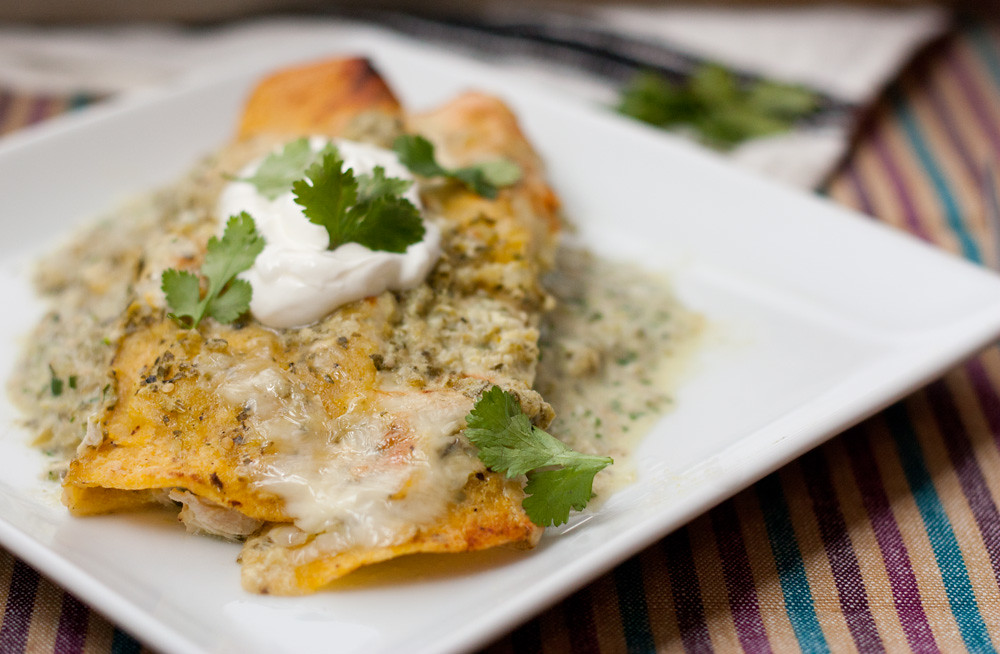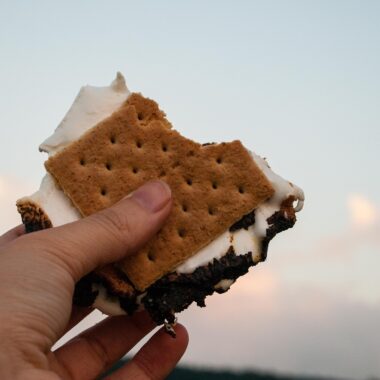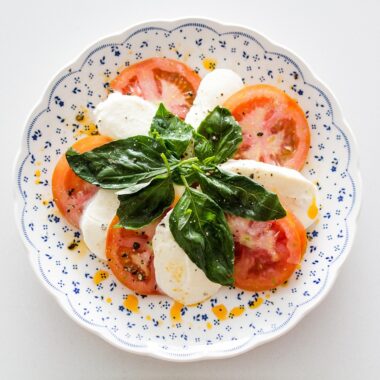Southern tea cakes are more than just a treat; they’re a window into the past, a taste of history that connects us to generations who cherished the simple yet profound pleasure of homemade confections. These cake-like cookies hold a special place in Southern culinary heritage, often evoking memories of warm kitchens, family gatherings, and cherished recipes passed down through the years. In this article, we’ll explore the origins of tea cakes, share a classic Southern recipe, and provide tips to perfect this timeless delicacy.
The History of Southern Tea Cakes
Tea cakes have their roots in the early days of American baking, influenced by European settlers who brought their traditions to the New World. In the South, these treats evolved to reflect the region’s unique resources and culture. Unlike the heavily iced cakes of English tradition, Southern tea cakes are simpler and less adorned, making them accessible for everyday enjoyment.
Historically, tea cakes were often made with staples that were readily available, such as flour, sugar, butter, and eggs. For many families, they became a symbol of hospitality, served to guests with a cup of tea or coffee. Over time, variations emerged, with some adding spices, molasses, or lemon zest to enhance the flavor. Despite these changes, the essence of the tea cake has remained the same: a tender, slightly sweet treat that pairs perfectly with a warm beverage.
The Classic Southern Tea Cake Recipe
This traditional Southern tea cake recipe is straightforward and easy to follow, ensuring you can recreate this beloved treat in your own kitchen. It yields about two dozen tea cakes, depending on the size of your cookie cutter.
Ingredients:
2 1/2 cups all-purpose flour
1 teaspoon baking powder
1/4 teaspoon salt
1/2 cup unsalted butter, softened
1 cup granulated sugar
2 large eggs
1 teaspoon vanilla extract
1/4 cup buttermilk (optional, for extra tenderness)
Instructions:
Preheat the Oven: Preheat your oven to 350°F (175°C) and line baking sheets with parchment paper.
Prepare the Dry Ingredients: In a medium-sized bowl, whisk together the flour, baking powder, and salt. Set aside.
Cream the Butter and Sugar: In a large mixing bowl, use an electric mixer to cream the softened butter and sugar until light and fluffy. This step is crucial for achieving the tender texture of the tea cakes.
Incorporate the Wet Ingredients: Beat in the eggs one at a time, followed by the vanilla extract.
If using buttermilk, add it at this stage.
Combine Wet and Dry Ingredients: Gradually add the dry ingredients to the wet mixture, mixing until just combined. Be careful not to overmix, as this can make the tea cakes tough.
Chill the Dough: Wrap the dough in plastic wrap and refrigerate for at least 30 minutes.
Chilling makes the dough easier to handle and helps prevent spreading during baking.
Roll and Cut: Lightly flour a clean surface and roll out the dough to about 1/4-inch thickness.
Use a round cookie cutter or any shape of your choice to cut out the tea cakes. Transfer them to the prepared baking sheets, spacing them about 1 inch apart.
Bake: Bake the tea cakes for 8-10 minutes, or until the edges are just beginning to turn golden.
Avoid overbaking to maintain their soft texture.
Cool: Allow the tea cakes to cool on the baking sheets for a few minutes before transferring them to a wire rack to cool completely.
Serve: Enjoy your tea cakes plain or with a dusting of powdered sugar. They pair wonderfully with a hot cup of tea or coffee.
Variations and Tips for Perfect Tea Cakes
While the classic recipe is delightful on its own, there are countless ways to personalize your tea cakes to suit your taste.
Variations:
Spiced Tea Cakes: Add a teaspoon of ground cinnamon, nutmeg, or allspice to the dry ingredients for a warm, spiced flavor.
Citrus-Infused Tea Cakes: Incorporate the zest of a lemon or orange for a refreshing citrus note.
Molasses Tea Cakes: Substitute part of the sugar with molasses to create a richer, more robust flavor.
Frosted Tea Cakes: Top your tea cakes with a simple glaze made of powdered sugar and milk, or decorate with icing for special occasions.
Herbal Touch: Add a teaspoon of finely chopped rosemary or lavender for a unique, fragrant twist.
Tips:
Use Quality Ingredients: Since tea cakes rely on simple ingredients, their quality can make a big difference. Opt for fresh, high-quality butter, eggs, and vanilla extract.
Don’t Skip the Chilling: Chilling the dough is essential for easy rolling and ensuring the tea cakes hold their shape during baking.
Keep an Eye on the Oven: Tea cakes bake quickly, so watch them closely to avoid overbrowning.
Experiment with Shapes: While traditional tea cakes are round, feel free to use cookie cutters in various shapes to suit the occasion.
Store Properly: Store tea cakes in an airtight container at room temperature for up to a week. They can also be frozen for longer storage.
The Cultural Significance of Southern Tea Cakes
Southern tea cakes are more than just a recipe; they’re a testament to the resourcefulness and creativity of past generations. For many, they hold sentimental value, reminding them of time spent in the kitchen with loved ones. Grandmothers and mothers often passed down their tea cake recipes, sharing not only the ingredients but also the stories and traditions that accompanied them.
In some communities, tea cakes became a symbol of resilience and adaptability. Families would make them during hard times, using whatever ingredients were available. This spirit of making do with what you have is a hallmark of Southern cuisine and culture.
Bringing Tea Cakes Into the Modern Era
While tea cakes are rooted in tradition, they’ve found a place in modern kitchens as well. Their versatility and simplicity make them a favorite for bakers of all skill levels. Whether you stick to the classic recipe or put your own spin on it, tea cakes are a delightful way to connect with the past while creating new memories.
One way to modernize tea cakes is by incorporating contemporary flavors or techniques. For example, adding matcha powder for a green tea-infused version or using almond flour for a gluten-free option can give these traditional treats a fresh twist. You might also consider pairing tea cakes with gourmet teas or coffees to create a sophisticated afternoon tea experience.
Conclusion
Southern tea cakes are a cherished part of American culinary history, offering a simple yet profound pleasure that transcends generations. Their delicate sweetness and tender texture make them an ideal companion to a hot cup of tea, a reminder of the warmth and hospitality that define Southern culture.
By following the classic recipe and experimenting with variations, you can bring this timeless treat into your home, creating memories that will last a lifetime. Whether you’re baking for a family gathering, a special occasion, or just because, Southern tea cakes are sure to delight and inspire. So, roll up your sleeves, preheat your oven, and let the sweet aroma of tea cakes fill your kitchen—and your heart.


















